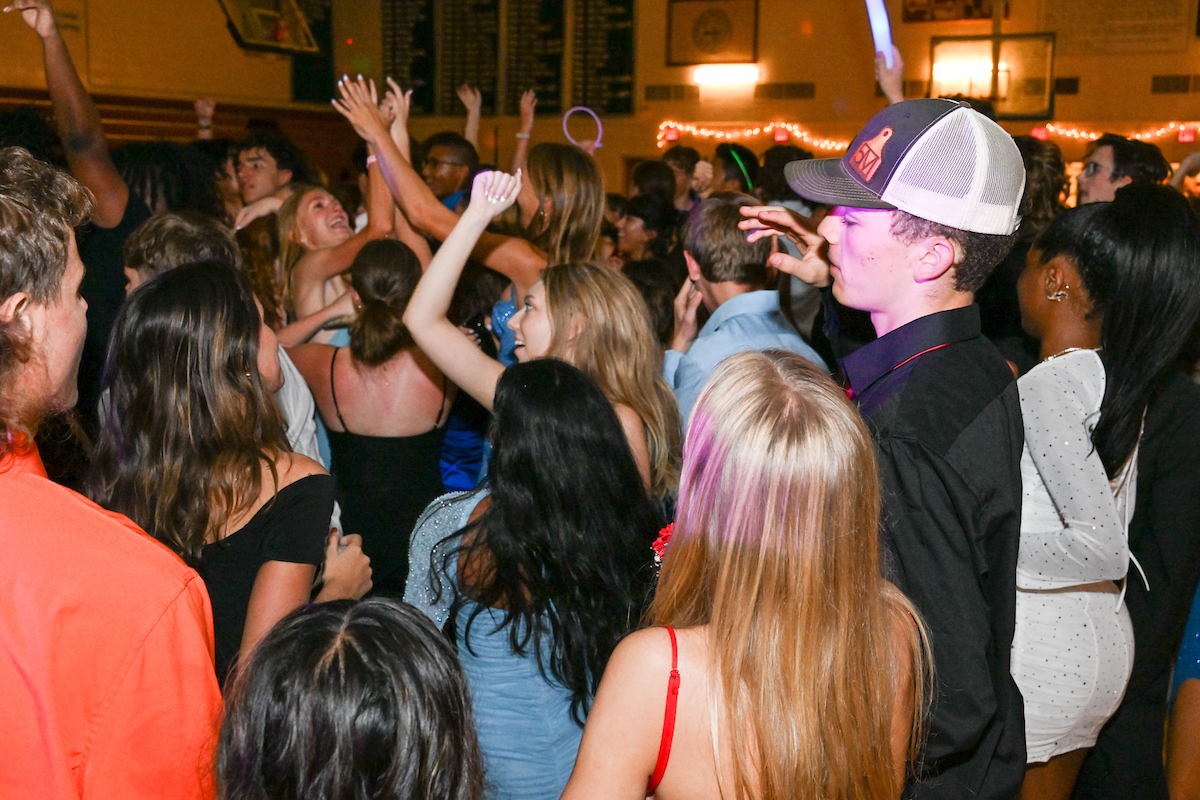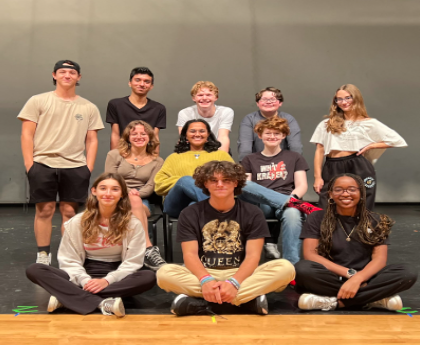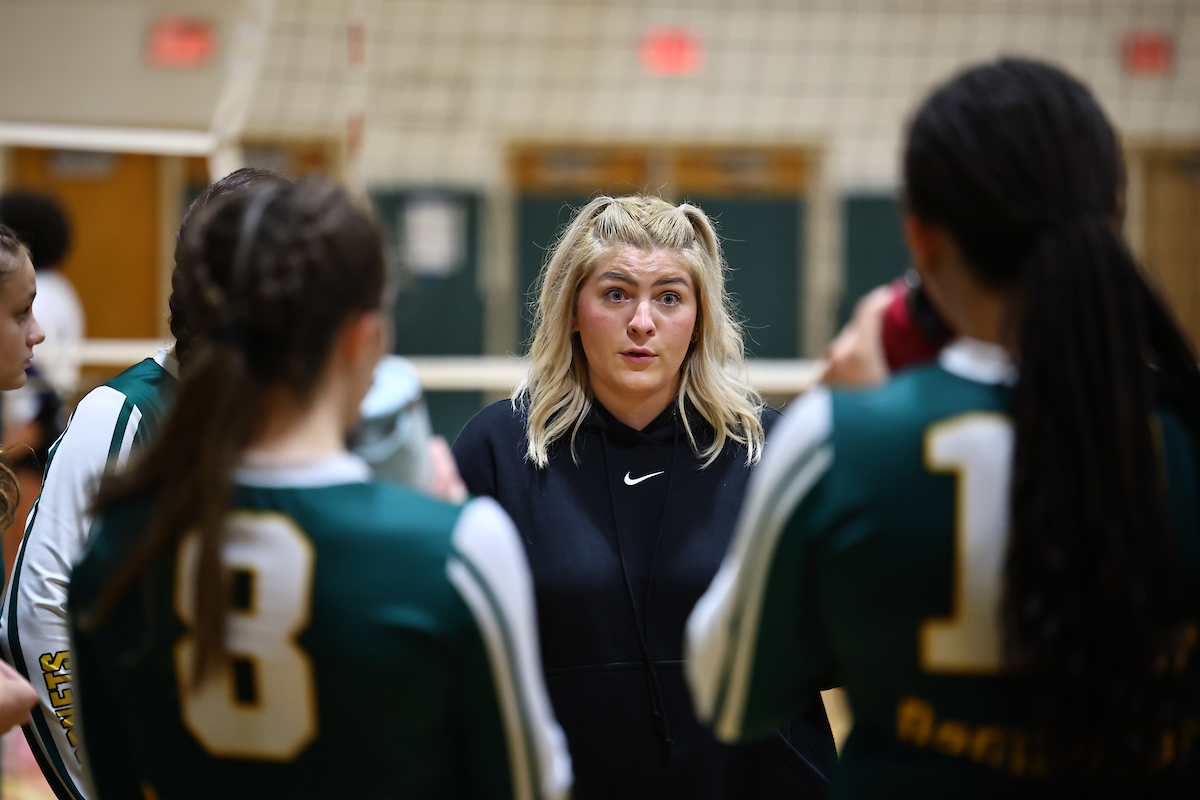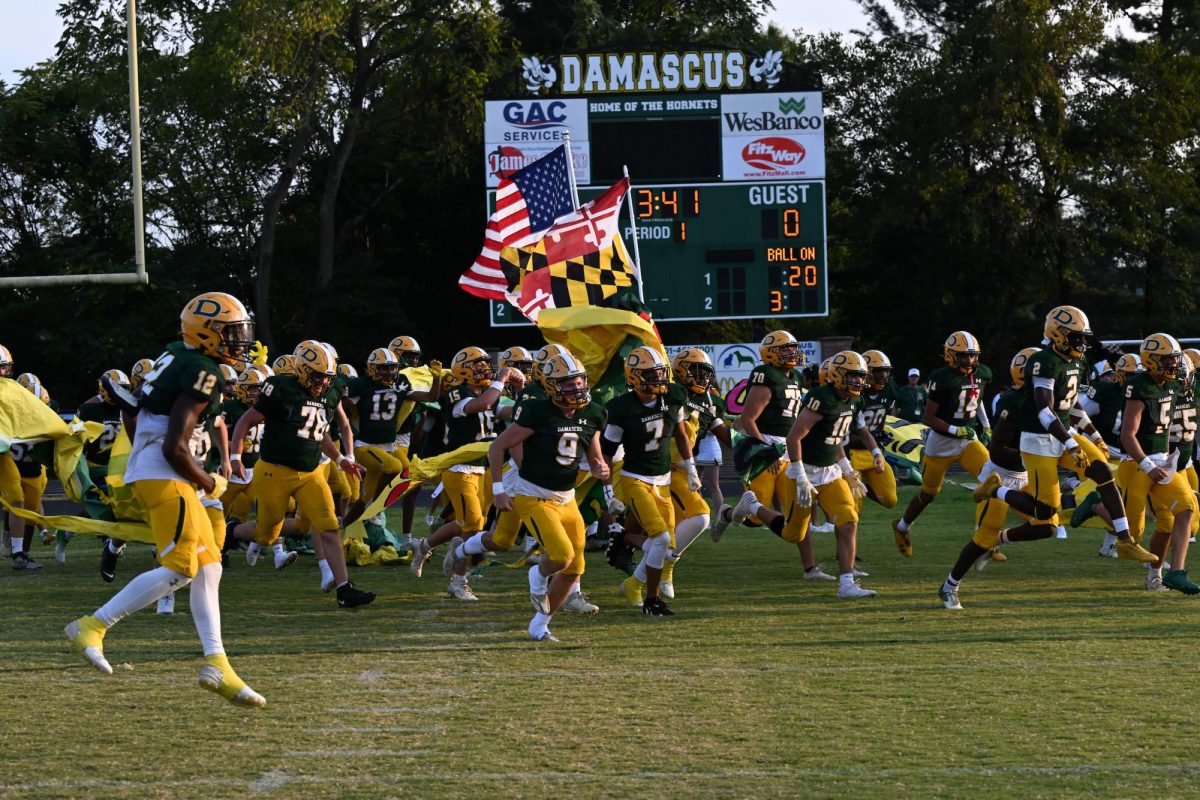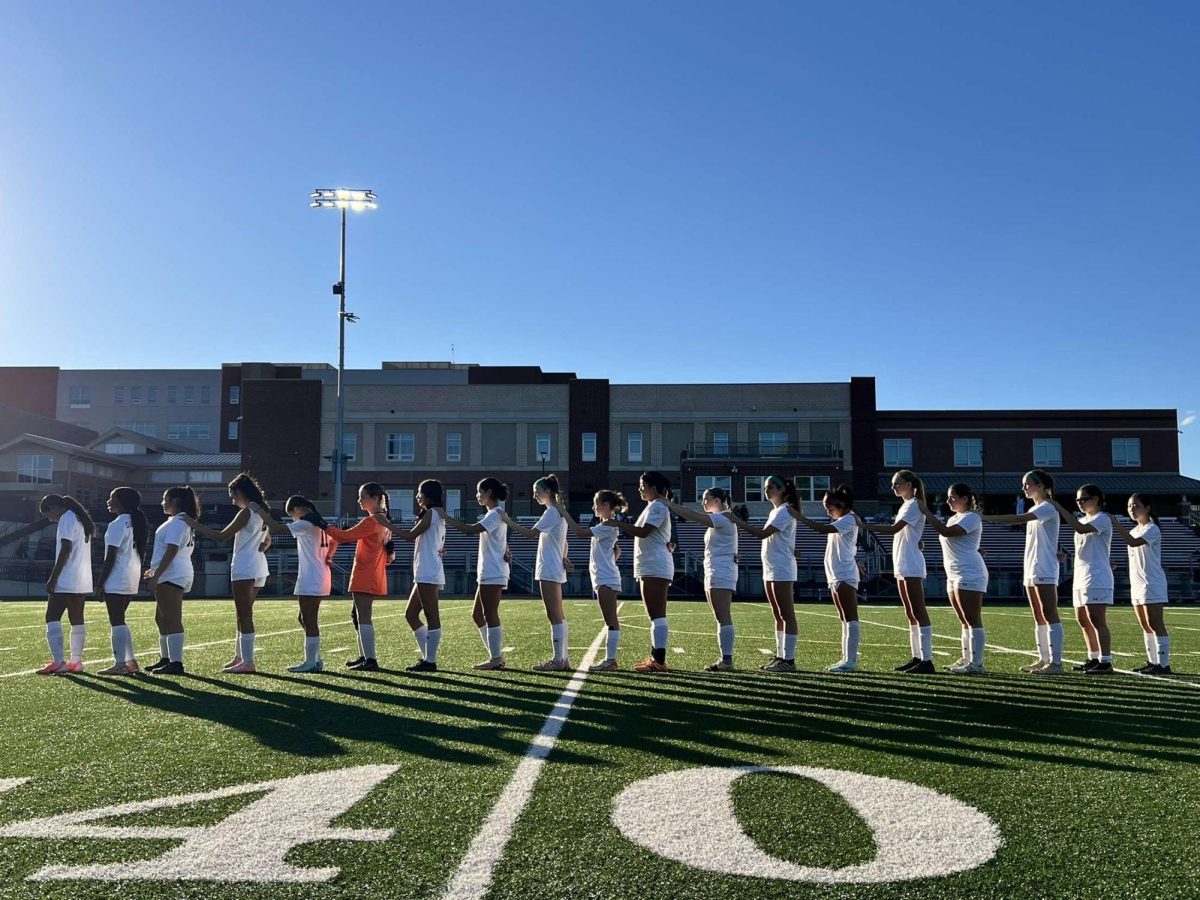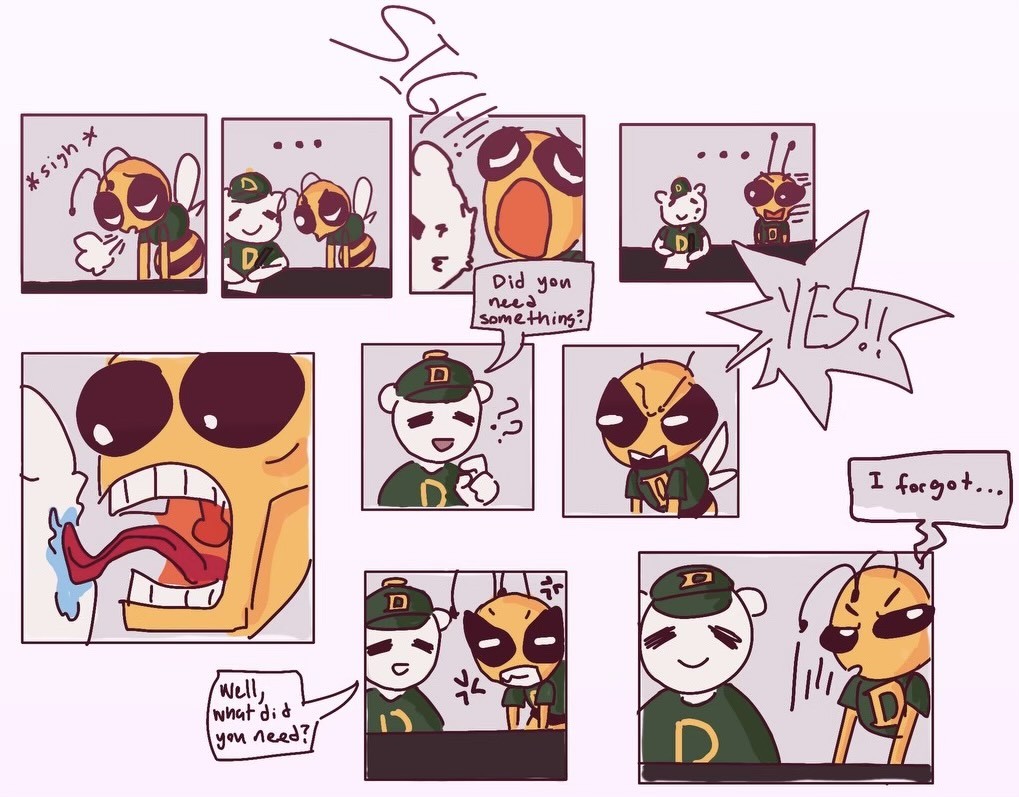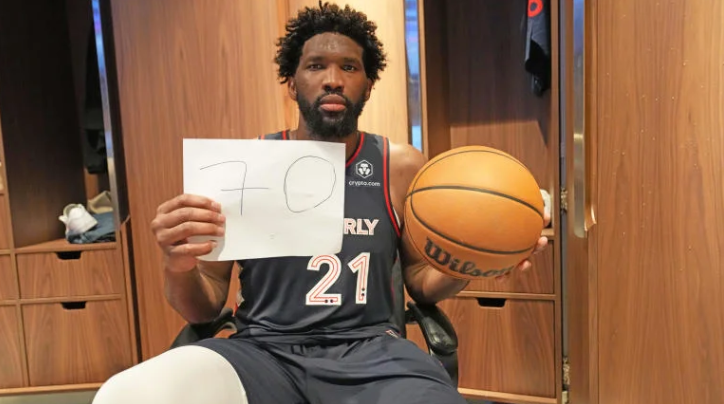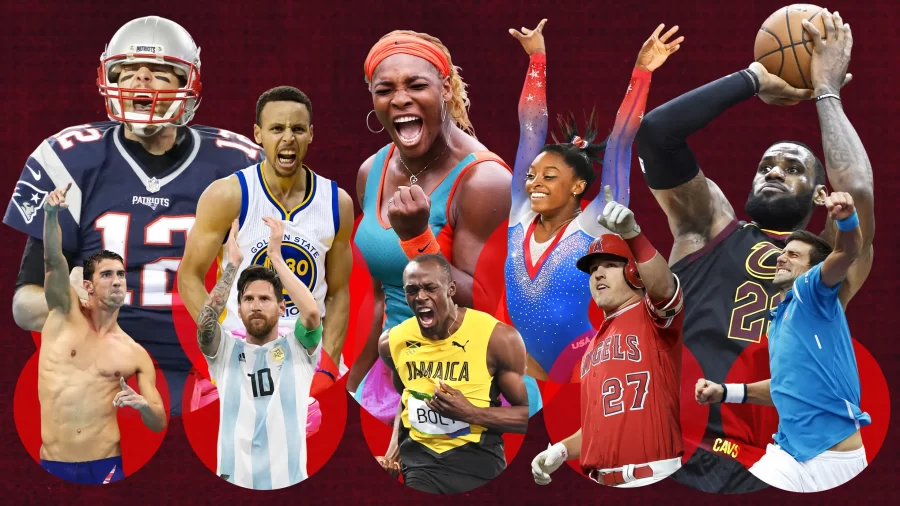Defying The Odds
Professional athletes competing in their respective sports.
December 21, 2022
If you’re a child, or at one point were a child, you’ve faced the “what do you want to be when you grow up?” query by at least one judgmental family member. Generally speaking, we all gave the “I wanna be an astronaut/doctor/any other cliche and highly unlikely profession” answer. I’m not blaming them, of course you’ll never encounter a six-year-old who yearns to be a Marriott elevator inspector. However, many kids go into middle and high school with the goal of becoming one of the least likely professions of them all, a professional athlete.
As a former wannabe pass-first NBA point guard, I was convinced there was at least a slight chance of my dream coming true until I was about 11. Until then I was unaware of the countless amount of factors that go into even competing at the collegiate level. Your genetics, health, and where you live can all be detrimental to your already slim chances at being recruited by D1, 2 and 3 colleges. At 17, I now chuckle every time I’m on social media and see a naive kid around my age with all of their “vitals” in their Twitter bio. Your slightly above average GPA, weighted GPA, and 40 yard dash time mean nothing when you’re of average size and from some obscure state nobody acknowledges like Wyoming or Nebraska… or Maryland. If you’ve read this far you may be convinced that being a Debbie-downer is my profession, but it’s not. I’ve always been intrigued by numbers and statistics, and over the last few years I’ve become more competent with numbers, so I combined that with my love for athletics to determine the odds of professionally playing some of your favorite sports.
NFL
If you’re a fan of blue-42s, Friday night lights and CTE, you may not be interested in reading how unlikely it is to play in the NFL. There are nearly 1.1 million high school football players, roughly 71,000 of those players will go on to compete in college, 256 of those players will get drafted into the NFL. This means that the average U.S. school district has a 0.1% chance of producing an NFL draft pick. These stats don’t even include the prestigious private academies that nab all of your public school’s most talented athletes. So if you’re ever in some sort of dispute with a meathead that won’t shut up about how many rushing yards they recorded this season, you can let them know they have a 0.0003% chance of getting drafted.
MLB
If you’ve ever been yelled at or showered with peanuts and cracker jacks by an oversized man with an inaudible Boston or New York accent, the following may interest you.
Baseball requires speed and the reflexes of a cheetah hunting its prey. It doesn’t require the brute strength of an NFL linebacker or the vertical jump of an Olympic level outside hitter. This bit of information is for any normal sized human being who’d like to pursue a sport.
There are roughly 515,000 public high school baseball players per season. That equals 61,000 (approximately 11%) or so who will go on to play in college.
Then, 615 of those players (roughly 0.1%) will proceed to get picked in the MLB draft the following summer. With that being said, the chance of getting drafted to the MLB for the average high school player is 0.002%. These numbers again don’t include many factors, a big one being injury. Baseball entails a lot of sliding, which can lead to a variety of ankle, shin and knee injuries. Many pitchers destroy their elbows. A friend of mine at the ripe age of 16 recently underwent an elbow surgery that requires a six month recovery process. He didn’t do anything specific to hurt his elbow–throwing a sphere at 90 miles an hour 75 times a day is just that rough on your arm.
NBA
If you too have ever jammed your finger receiving a chest pass or engaged in a GOAT debate with your barber who hasn’t watched an NBA game in its entirety since before you were born, you probably know that the chances of getting drafted to the NBA are slimmer than one of Brandon Ingram’s legs.
Annually, 500,000 boys and 400,000 girls get the chance to throw on an oversized jersey and throw a sphere into a cylinder in front of all their peers in a humid gymnasium. Of those 900,000 collective players 30,000 of them will go on to compete in college. Come April, only 36 women will be drafted to the WNBA and 60 men will be selected in the NBA draft two months after.
These numbers fail to acknowledge the incredible size you almost need to be to compete in basketball. Referring back to my heartbreaking realization that I wouldn’t be the next Magic Johnson, I came to that realization when my five-foot-tall mother told me that the shorties of the NBA are half a foot taller than my projected height. For the record, I defied some odds of my own and outgrew that “projected height” standing at a staggering five-feet-ten (and a half.) The average point guard is six-foot-two and a half, putting them within the top 6% of men in height alone. This excludes their athletic anomalies like quickness, hand-eye coordination, balance and all the other things your dad praises “Johnnie Stockton” for.
You may say that putting a disclaimer at the very end of my 968-word-editorial is stupid and defeats the purpose of a disclaimer, and you’d be correct. That is exactly what I’m about to do. Disclaimer: I’m not telling you to give up on your dreams of playing a professional sport in the NBA, MLB or NFL. The big leagues are not your only options. You could play in minor/G-Leagues or even go overseas. Or maybe you think you really are good enough to make it to the big leagues, although you’re probably not.

